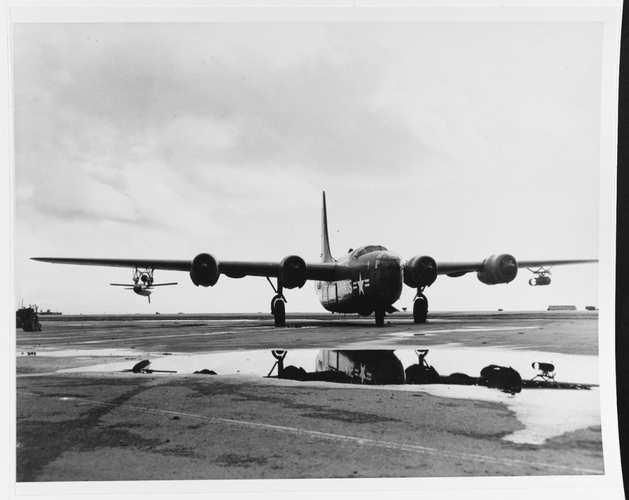- Joined
- 27 September 2006
- Messages
- 5,744
- Reaction score
- 5,639
The Soviet Navy evolved anti ship missiles for its warships sooner than the West because it was faced with NATO's large surface fleets and their aircraft carriers.
The spur to Western nations seems to have been the arrival of new Soviet large surface units in the 60s and the sinking of an Israeli destroyer by a Soviet supplied SSM in 1967.
It was initially the large number of Anti aircraft missiles which were also given an anti surface role. Even the humble Seacat was looked at in an anti fast patrol boat role.
By the 1970s three systems had rmerged which could be fitted easily in box or tube launchers. Otomat was Italy's solution but lost out to Exocet in the competition for the RN and West German navies. The US Harpoon arrived later and has become the West's main system.
In comparison with Soviet and later Russian and Chinese weapons Harpoon requires more hits to kill a target like a cruiser or aircraft carrier.
In the 60s the US Navy still relied on nuclear tipped Talos and Terrier SAGW to kill big ships.
Supersonic weapons were planned to replace Harpoon and co if the Cold War had continued.
The UK only had two weapons suitable to compete with Exocet. The CF299 Seadart was designed with a secondary anti ship capability. The unloved Martel airframe formed the basis for a sub launched USGW which the RN needed desperately for its nuclear hunter killer subs from the 60s on. They had to wait until 1982 to get Sub Harpoon instead. Yet Martel went on to be the basis of the impressive Sea Eagle ASM.
With a bit more focus and resources especially when it became clear new aircraft carriers were not affordable, the RN might have been equipped with Martel based systems instead of Exocet and Harpoon.
The RN's submarines might then have received a supersonic replacement in the 90s.
The spur to Western nations seems to have been the arrival of new Soviet large surface units in the 60s and the sinking of an Israeli destroyer by a Soviet supplied SSM in 1967.
It was initially the large number of Anti aircraft missiles which were also given an anti surface role. Even the humble Seacat was looked at in an anti fast patrol boat role.
By the 1970s three systems had rmerged which could be fitted easily in box or tube launchers. Otomat was Italy's solution but lost out to Exocet in the competition for the RN and West German navies. The US Harpoon arrived later and has become the West's main system.
In comparison with Soviet and later Russian and Chinese weapons Harpoon requires more hits to kill a target like a cruiser or aircraft carrier.
In the 60s the US Navy still relied on nuclear tipped Talos and Terrier SAGW to kill big ships.
Supersonic weapons were planned to replace Harpoon and co if the Cold War had continued.
The UK only had two weapons suitable to compete with Exocet. The CF299 Seadart was designed with a secondary anti ship capability. The unloved Martel airframe formed the basis for a sub launched USGW which the RN needed desperately for its nuclear hunter killer subs from the 60s on. They had to wait until 1982 to get Sub Harpoon instead. Yet Martel went on to be the basis of the impressive Sea Eagle ASM.
With a bit more focus and resources especially when it became clear new aircraft carriers were not affordable, the RN might have been equipped with Martel based systems instead of Exocet and Harpoon.
The RN's submarines might then have received a supersonic replacement in the 90s.


